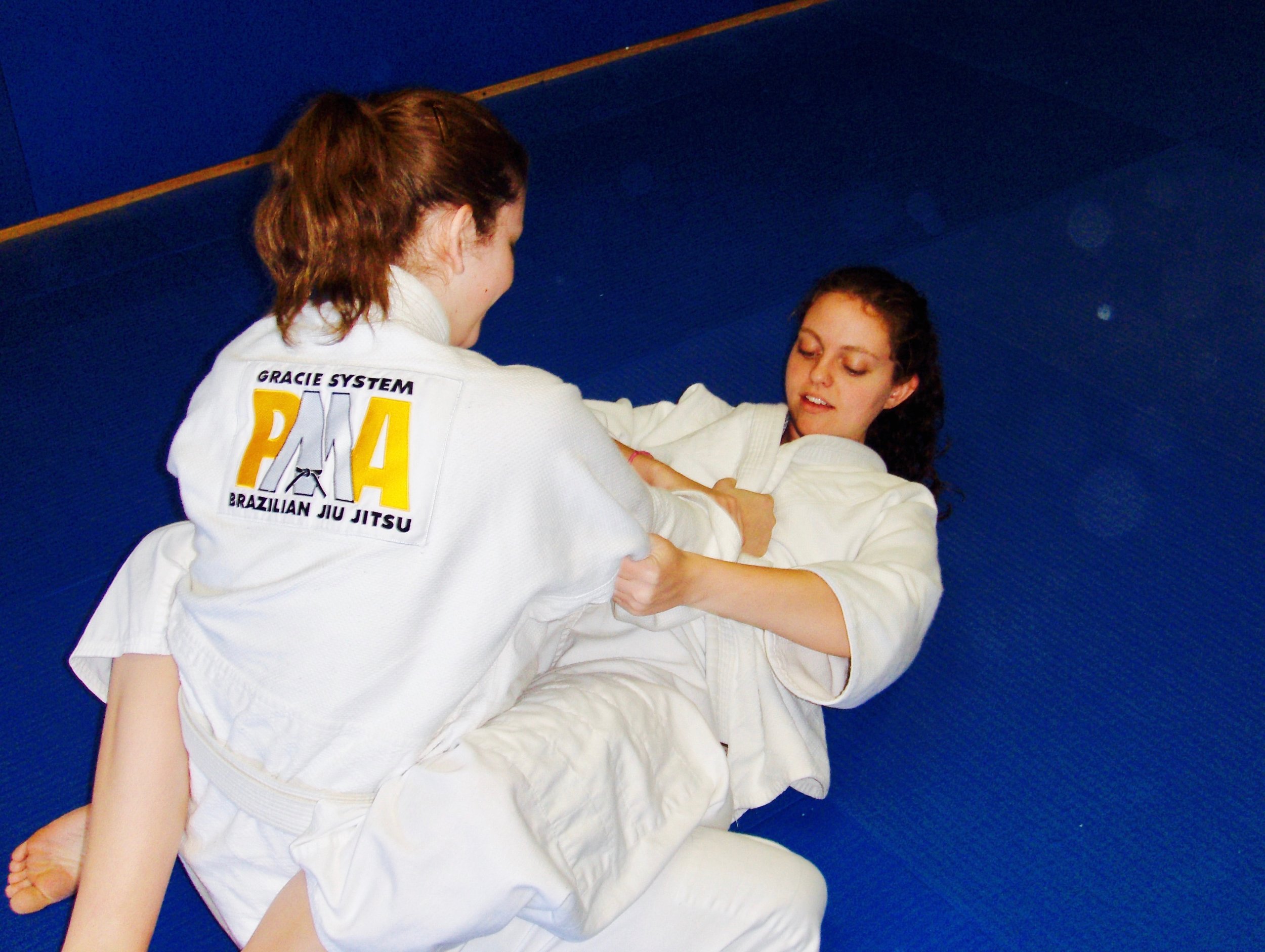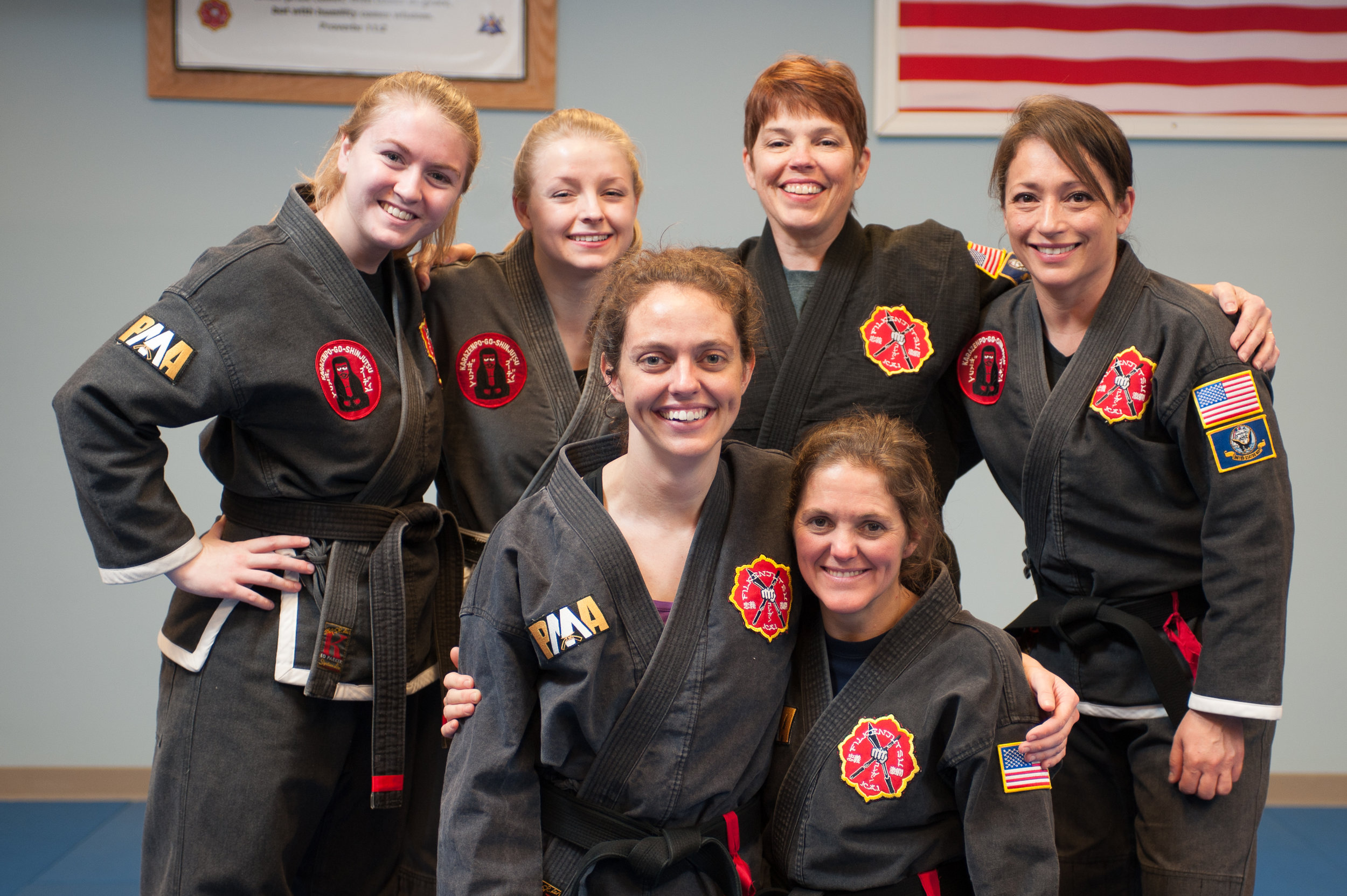At the “functionalize” phase, sparring becomes a crucial part of training. This is when two martial artists engage in a "live" training exercise where they are both attempting to use their techniques on the other, simulating some element of a real fight.
Since each art tends to focus on specific areas of the fight (punching, kicking, grappling, weapons, etc.), rules are put on these sparring drills to make them more focused on the techniques taught in that particular martial art. These rules can be both good and bad.
The good is that the techniques themselves get much more refined and efficient for that specific ruleset, often leading to a more effective way of performing the technique. That is the core reason Brazilian Jiu Jitsu is one of the most effective martial arts on the planet - the heavy amounts of live sparring, or "rolling" as BJJ practitioners like to call it, has led to the techniques being refined and perfected generation after generation to an extremely high level of effectiveness.
The bad is that sometimes the student becomes too comfortable with the specific ruleset for the particular sparring drills of his art.
In most cases tournaments start to pop up as a way for students of these arts to test their abilities against other martial artists that train in other places around the world. This provides a unique opportunity to not only test your skill set against other martial artists but, more importantly, to learn about yourself and how you handle stress and adrenaline. These tournaments have rules, and often the academies that participate slowly but inevitably adapt their curriculum and techniques to this specific ruleset to have more success at these championships.
This process has happened multiple times with multiple martial arts, and ultimately led to many “martial arts” being taught purely as “combat sports.” Tae Kwon Do, Karate, Judo, and Brazilian Jiu Jitsu are all perfect examples of this process.
Interestingly, what sometimes leads to more success in the tournaments can bring an art’s “street effectiveness” down. How can this be? Wouldn’t it make sense that if the original goal of sparring was to be able to perfect or functionalize their techniques that it could only serve to make them more effective in a fight?
Unfortunately, no.
What happens instead is that over time the techniques themselves are adapted to fit the specific ruleset for the tournament they are fighting in.
For example in basic Tae Kwon Do sparring competitions the rules are:
“Kicks are allowed to the torso and head. Punches are allowed to the torso. Kicks below the belt and strikes with any part of the hand other than the knuckles are not allowed. Points are awarded for solid kicks and punches to valid target areas as long as the attacker stays on their feel (i.e., no falling down).”
This specific ruleset made the stance, movement, and strikes of Tae Kwon Do stylists adapt to being good for this format but extremely vulnerable to other techniques that wouldn’t be allowed in this form of competition such as leg kicks.
In Brazilian Jiu Jitsu, no striking is allowed - only grappling. And therefore, students that only train for this specific ruleset are often not prepared for the realities of a real confrontation when their opponent would be throwing strikes.
One of the most recent examples in the Mixed Martial Arts (MMA) community was a rule that fighters could not be kneed or kicked in the head if at least one hand was on the ground. This led to fighters intentionally putting themselves in positions that would completely expose them to a knee or kick to the head in a real fight, but their opponent couldn’t take advantage of them because of the rule.
Obviously, the rules are put in place to protect the athletes, but in doing so, they are also changing the way that participants will prepare for these competitions. That is neither good or bad, just fact.
Here is what’s outlined in the “Martial Arts Catalogue” on the difference between art and sport:
“Art, as the word applies to martial arts, is the specific application of skill in perfect traditional form. Sport, which has come to be considered the antithesis of art, is the specific application of skill to obtain effective results.”
So, what do you do about it? Is one better than the other? Should you train a martial art or a combat sport?
The key is to ask yourself first why are you training?
For most individuals, a martial art is at least where they should start. They are often interested in learning to defend themselves, getting in shape, relieving some stress, maybe meeting some new people, and having fun. A martial art can be perfect for this.
Unfortunately, they have to be careful as many schools that claim to teach an art such as Brazilian Jiu Jitsu even, really focus the majority (or all) of their time on the combat sport side of Brazilian Jiu Jitsu. Therefore a new student that is interested in learning to defend himself will be spending the majority of his time preparing for a ruleset that he doesn’t have any interest in trying to become a competitor in and not preparing for the realities of self-defense.
As an academy, we try to be very clear about what we teach so that the students are receiving exactly what they are looking for.
This weekend, I’ll be taking our competition team to a grappling tournament (combat sport) that they have been training for separately from their regularly scheduled group classes in the martial arts that they are learning. Here's one of our kids at their last tournament in April. He's the one in the PMA gold shirt and is only 8 years old. Watch the determination and skill presented and imagine how talented he will be as an adult if he spends the next 10 years of his childhood perfecting these skills!




















